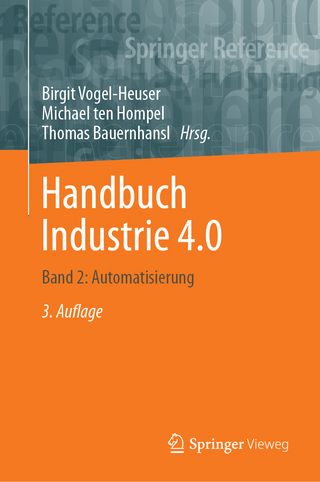
Logic Minimization Algorithms for VLSI Synthesis
Springer-Verlag New York Inc.
978-1-4612-9784-0 (ISBN)
1. Introduction.- 1.1 Design Styles for VLSI Systems.- 1.2 Automatic Logic Synthesis.- 1.3 PLA Implementation.- 1.4 History of Logic Minimization.- 1.5 ESPRESSO-II.- 1.6 Organization of the Book.- 2. Basic Definitions.- 2.1 Operations on Logic Functions.- 2.2 Algebraic Representation of a Logic Function.- 2.3 Cubes and Covers.- 3. Decomposition and Unate Functions.- 3.1 Cofactors and the Shannon Expansion.- 3.2 Merging.- 3.3 Unate Functions.- 3.4 The Choice of the Splitting Variable.- 3.5 Unate Complementation.- 3.6 SIMPLIFY.- 4. The ESPRESSO Minimization Loop and Algorithms.- 4.0 Introduction.- 4.1 Complementation.- 4.2 Tautology.- 4.3 Expand.- 4.4 Essential Primes.- 4.5 Irredundant Cover.- 4.6 Reduction.- 4.7 Lastgasp.- 4.8 Makesparse.- 4.9 Output Splitting.- 5. Multiple-Valued Minimization.- 6. Experimental Results.- 6.1 Analysis of Raw Data for ESPRESSO-IIAPL.- 6.2 Analysis of Algorithms.- 6.3 Optimality of ESPRESSO-II Results.- 7. Comparisons and Conclusions.- 7.1 Qualitative Evaluation of Algorithms of ESPRESSO-II.- 7.2 Comparison with ESPRESSO-IIC.- 7.3 Comparison of ESPRESSO-II with Other Programs.- 7.4 Other Applications of Logic Minimization.- 7.5 Directions for Future Research.- References.
| Erscheint lt. Verlag | 17.9.2011 |
|---|---|
| Reihe/Serie | The Springer International Series in Engineering and Computer Science ; 2 |
| Zusatzinfo | XII, 194 p. |
| Verlagsort | New York, NY |
| Sprache | englisch |
| Maße | 155 x 235 mm |
| Themenwelt | Sachbuch/Ratgeber ► Natur / Technik ► Garten |
| Informatik ► Weitere Themen ► CAD-Programme | |
| Mathematik / Informatik ► Mathematik ► Analysis | |
| Technik ► Elektrotechnik / Energietechnik | |
| ISBN-10 | 1-4612-9784-2 / 1461297842 |
| ISBN-13 | 978-1-4612-9784-0 / 9781461297840 |
| Zustand | Neuware |
| Informationen gemäß Produktsicherheitsverordnung (GPSR) | |
| Haben Sie eine Frage zum Produkt? |
aus dem Bereich


